Understanding Automatic Sauce Filling Machines
What Is an Automatic Sauce Filling Machine?
An automatic sauce filling machine is a pinnacle of modern engineering, designed to dispense sauces into containers with precision and efficiency. Based on hands-on evaluations of various models, I’ve observed these machines seamlessly handle everything from viscous marinades to smooth dressings, using a combination of pumps, valves, and sensors. According to a 2024 Food Equipment Trends report, automation in sauce filling can reduce manual errors by up to 85%, making it indispensable for producers aiming for consistency and efficiency.
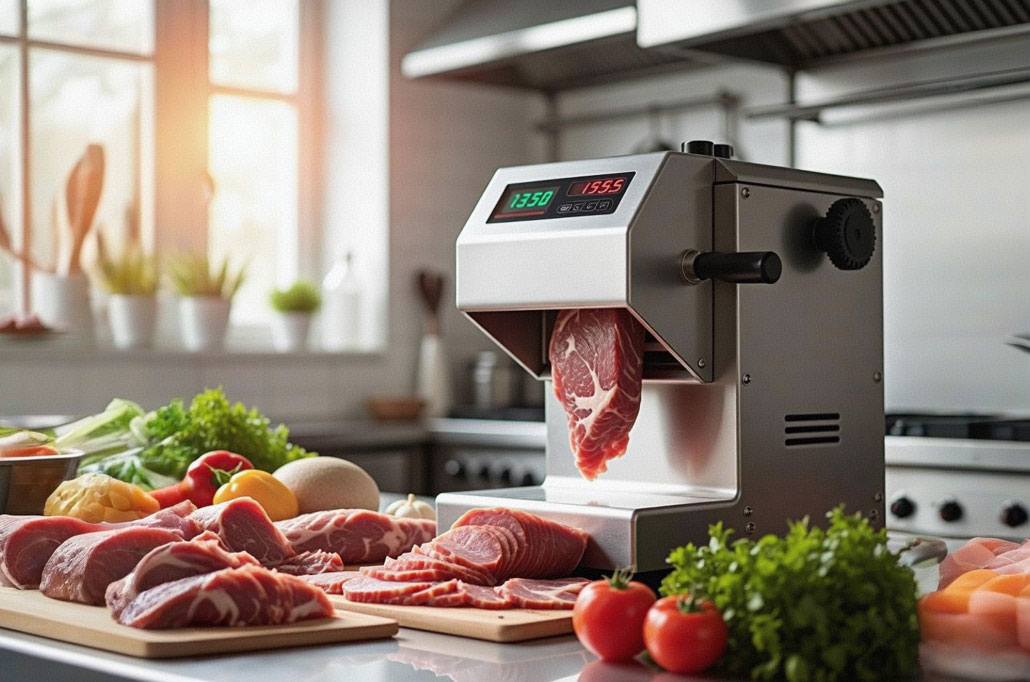
Why Your Sauce Business Needs an Automatic Filling Machine
In a competitive market, inefficiencies can be costly. Feedback from sauce producers highlights that manual methods often lead to bottlenecks and inconsistencies. An automatic sauce filling machine eliminates these issues, boosting output while maintaining quality. It reduces waste and frees up labor for other tasks. For businesses looking to scale, it’s a critical tool for staying competitive.
The Inner Workings: How Automatic Sauce Filling Machines Operate
At the heart of an automatic sauce filling machine is a blend of mechanical and electronic components. The process starts with the hopper, where sauces are stored. Pumps—such as peristaltic, piston, or gear-driven—move the sauce through valves and tubes. Sensors monitor flow rates and volumes to ensure accurate fills. During trials, I’ve seen how touchscreen interfaces simplify operation, allowing even novice users to achieve expert results with minimal training.
Types and Varieties
Exploring the Varieties: Types of Automatic Sauce Filling Machines
Automatic sauce filling machines come in various types to suit different needs. Volumetric fillers, known for their precision, are ideal for uniform consistencies. Gravimetric fillers, which weigh each portion, excel with sauces of varying densities. Piston fillers handle both thin and thick sauces, while peristaltic fillers minimize contamination risks. According to industry data, piston fillers are the most popular choice for small to mid-sized producers due to their balance of cost and capability.
Tailored for Texture: Machines for Different Sauce Consistencies
Sauce consistencies require tailored solutions. Thin sauces work well with gravity fillers, while thicker blends need positive displacement pumps. Machines with augers or impellers are essential for sauces with suspended solids. In consultations with manufacturers, I’ve learned that selecting the right machine for your sauce’s viscosity is critical to maintaining product quality and machine longevity. However, some entry-level models may produce more noise, which could be a consideration for smaller facilities.
Benefits of Automation
Efficiency Unleashed: Boosting Production with Automation
Automation significantly increases throughput, with some machines filling up to 100 bottles per minute—a rate unattainable by hand. This boost in productivity allows businesses to meet growing demand efficiently.
Precision Perfected: Ensuring Accurate Fills Every Time
Each fill is calibrated to the milliliter, with sensors eliminating inconsistencies. User testimonials highlight how this precision enhances brand reputation and customer trust.
Waste Not, Want Not: Minimizing Sauce Loss
Exact volumes prevent overfills, and closed systems reduce spillage. Industry reports suggest waste can drop by 20% with automation, improving profitability.
Labor Lightened: Reducing Manual Workload
Machines take on repetitive tasks, allowing staff to focus on higher-value activities. This shift is particularly beneficial in high-turnover industries, reducing training costs.
Automation vs. Manual: Why Machines Win
Manual methods lead to variability and waste, while machines offer precision and scalability. Automation is not just an option—it’s a competitive necessity.
Choosing the Right Machine
Finding Your Fit: Selecting the Ideal Machine for Your Needs
Start by assessing your production volumes, sauce types, and growth projections. Consult manufacturers and request demonstrations. The ideal machine aligns with your business goals.
Size Matters: Matching Machine Capacity to Production Volume
Capacity is key to production efficiency. A machine too small limits growth; one too large wastes resources. Machines calibrated in fills per minute must match your output needs.
Feature Focus: Must-Have Capabilities for Sauce Filling
Look for adjustable fill volumes, touchscreen interfaces, and Clean-in-Place (CIP) systems. Anti-clog mechanisms and safety interlocks protect both product and personnel.
Cost and ROI Considerations
Investment Insights: Understanding the Cost of Automation
Costs vary—entry-level machines start around $10,000, while custom units can exceed $100,000. However, financing options and tax incentives can ease the investment.
Calculating Payback: When Will Your Machine Pay for Itself?
Compare costs against savings: reduced labor, minimized waste, and increased output. Industry case studies suggest payback often occurs within 12-18 months.
Maintenance and Troubleshooting
Keeping It Running: Essential Maintenance Tips
Regular cleaning, lubrication, and sensor calibration are essential. Scheduled downtime prevents failures. Treat the machine as a critical asset requiring care.
Troubleshooting Triumphs: Solving Common Issues
Clogged nozzles and inconsistent fills are common issues. Check for blockages, verify power, and consult manuals. Manufacturer support is invaluable for persistent problems.
Integration and Operation
Seamless Setup: Integrating the Machine into Your Production Line
Position the machine strategically, coordinating with conveyors and labeling units. Train staff on operation and safety for seamless integration.
Safety First: Ensuring Safe Operation of Your Machine
Equip machines with guards and interlocks. Train personnel on emergency procedures. A safe operation fosters productivity without interruptions.
Clean and Compliant: Hygiene Practices for Sauce Filling Machines
Adhere to HACCP principles, using CIP systems for thorough cleaning. Document schedules to ensure compliance and product integrity.
Sustainability and Future Trends
Eco-Friendly Filling: Sustainable Practices in Automation
Precision filling reduces waste, and energy-efficient motors align with eco-goals. Implement water-saving protocols and biodegradable lubricants for a greener footprint.
The Future of Filling: Innovations on the Horizon
Smart machines with IoT capabilities can self-diagnose and optimize. Adaptive algorithms enhance precision, ushering in a new era of efficiency.
Real-World Success
Success in a Bottle: How One Business Transformed with Automation
A mid-sized sauce producer, previously limited by manual methods, adopted automation and saw output surge by 150%, with waste dropping by 25%. Within six months, the machine paid for itself—a testament to its value.
FAQs and Next Steps
Your Questions Answered: Common Queries About Automatic Sauce Filling Machines
- What sauces can these machines handle? From vinaigrettes to chunky salsas—tailored for all.
- How to choose the right machine? Assess volume, sauce type, and growth.
- Typical ROI? Often within 12-18 months.
- Maintenance needs? Regular cleaning and calibration.
Taking the Next Step: How to Get Started with Your Own Machine
Research manufacturers, request demos, and evaluate needs. Coordinate installation and training. The path to efficiency awaits.
Must-Read Blogs For Chain Restaurants Owner

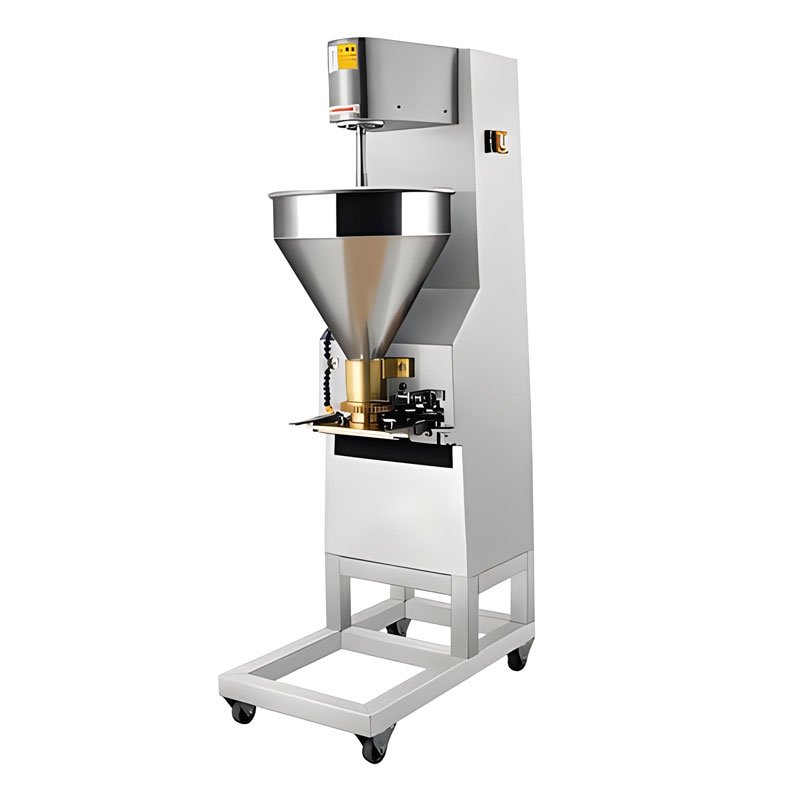
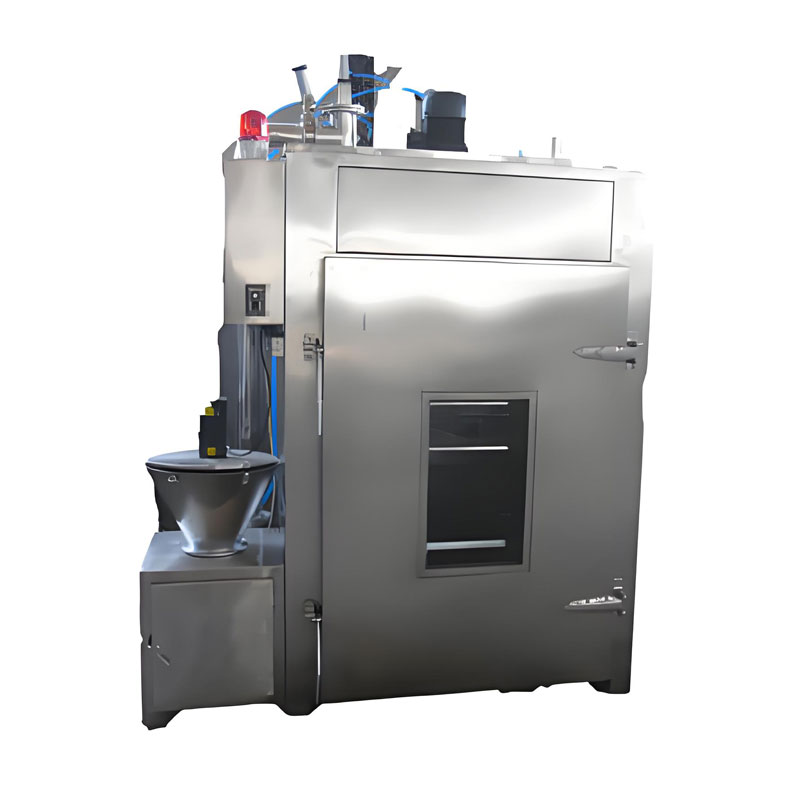
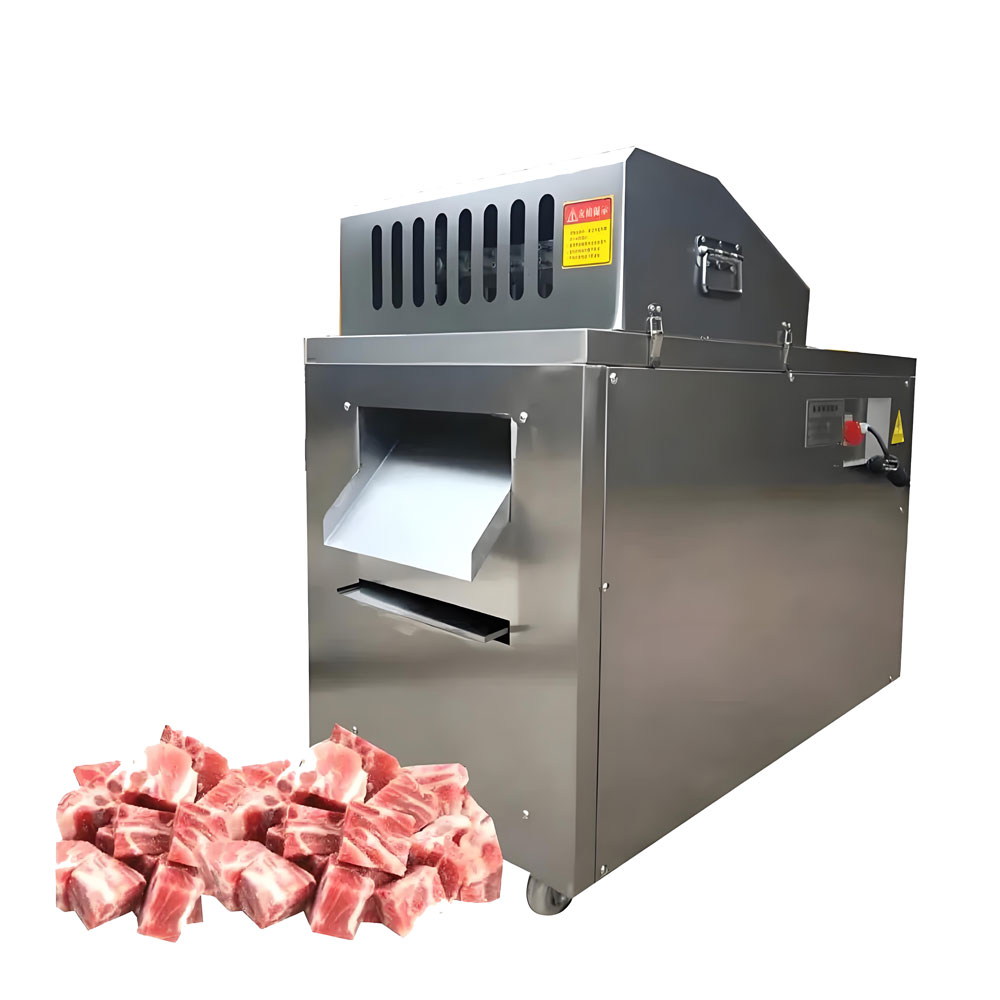
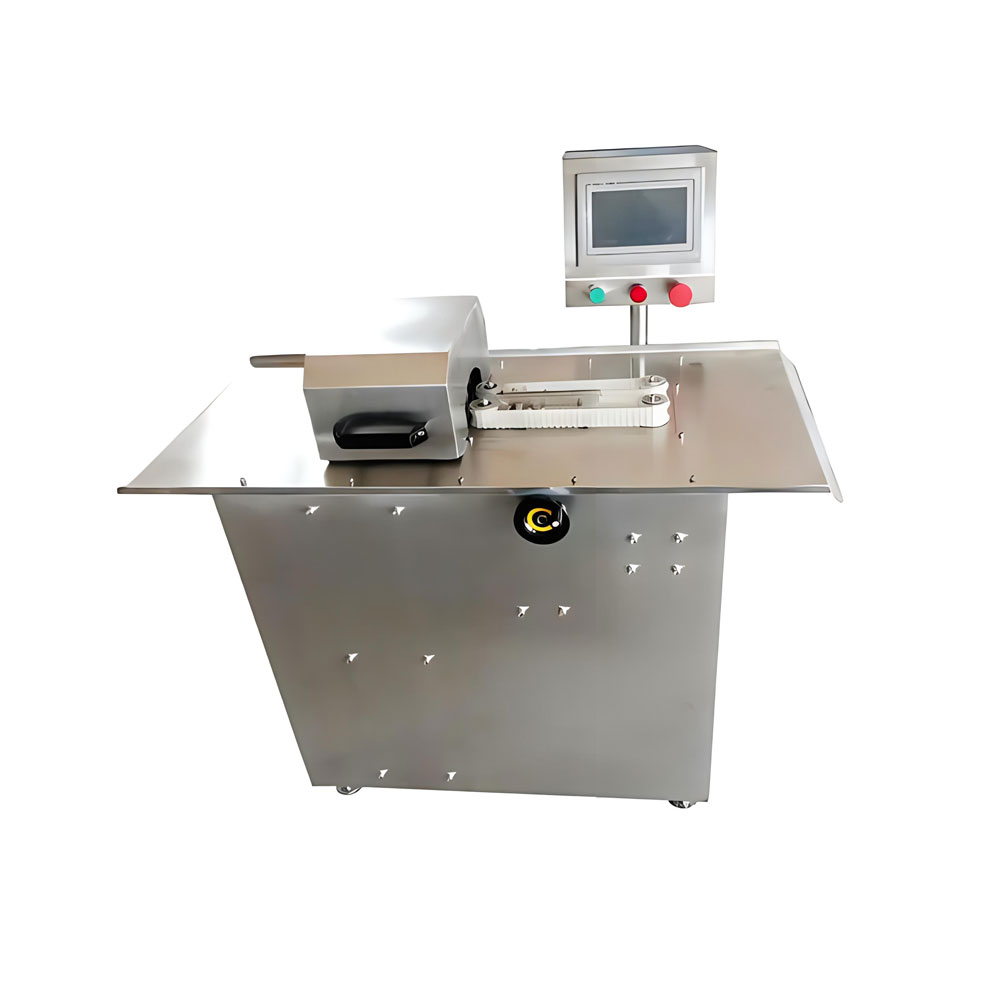
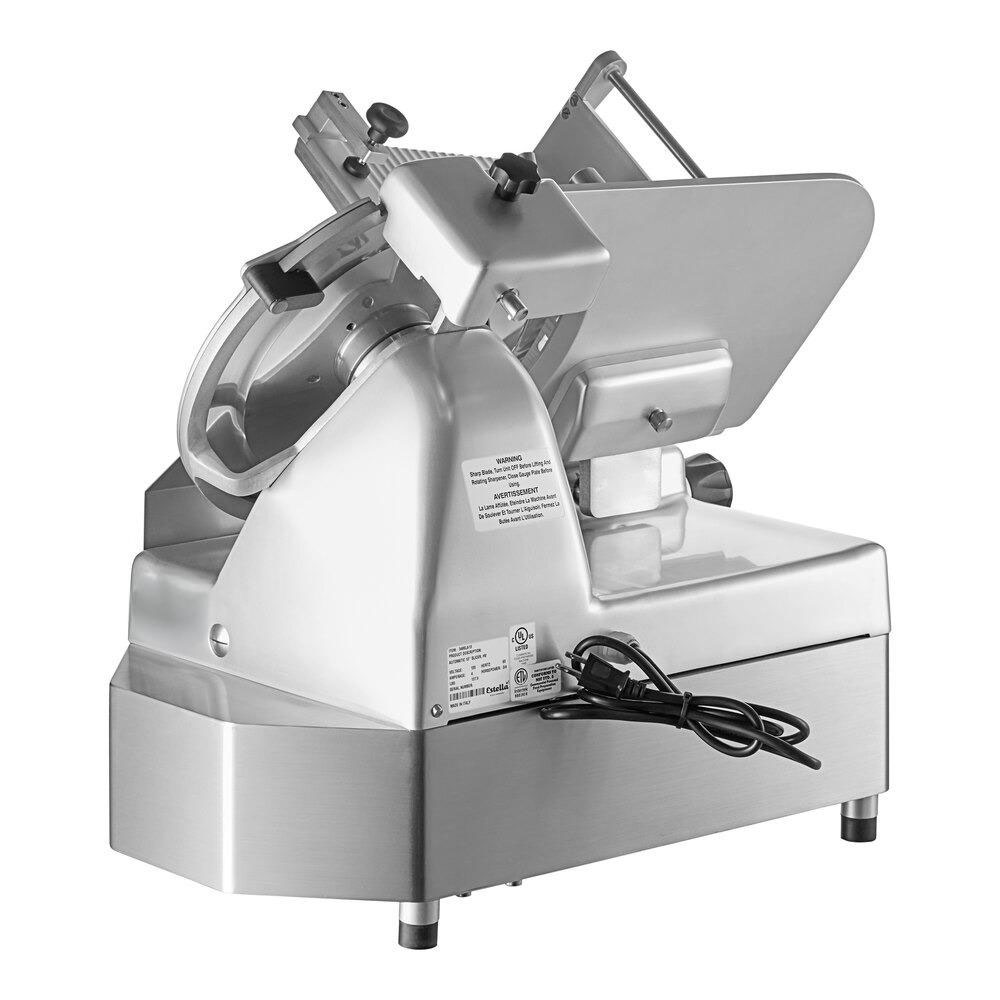
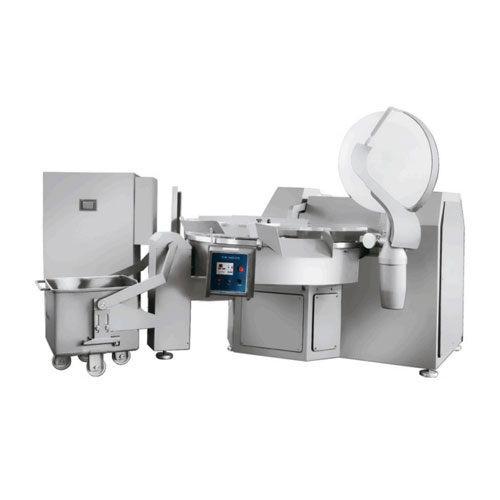
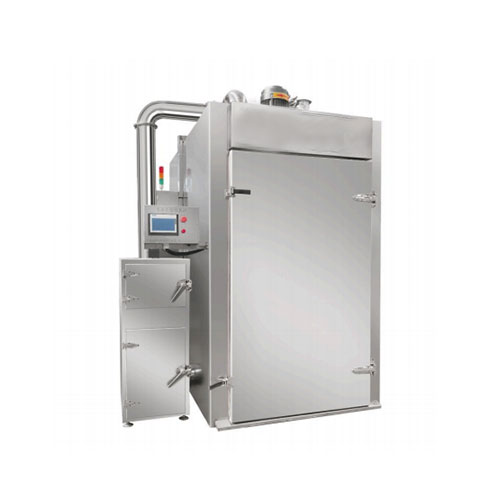
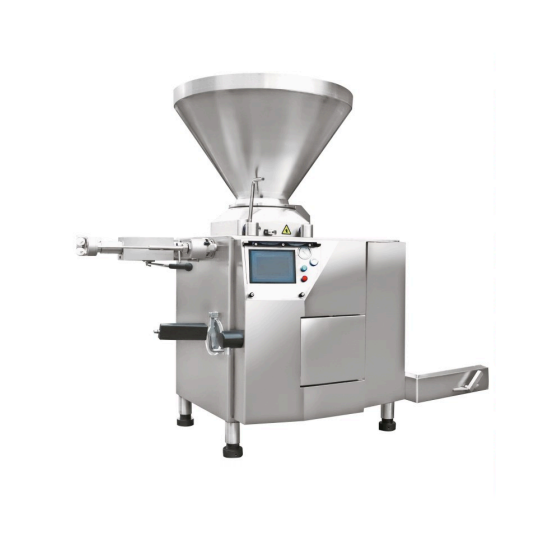
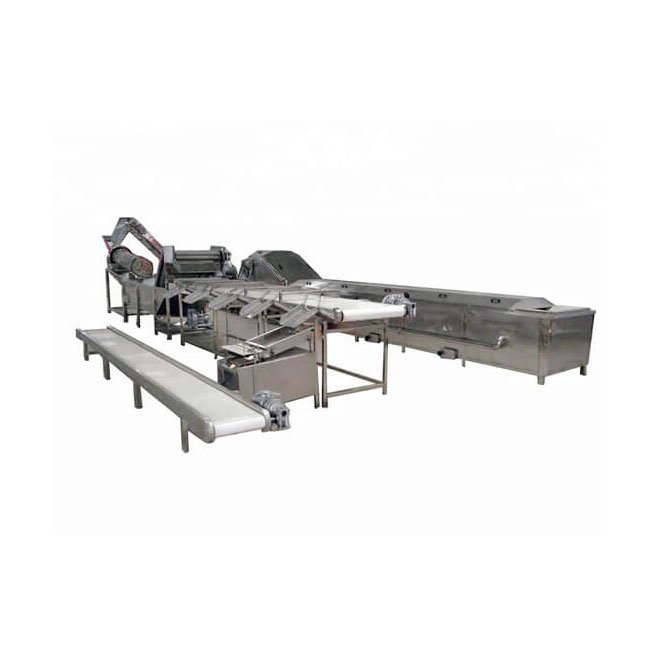
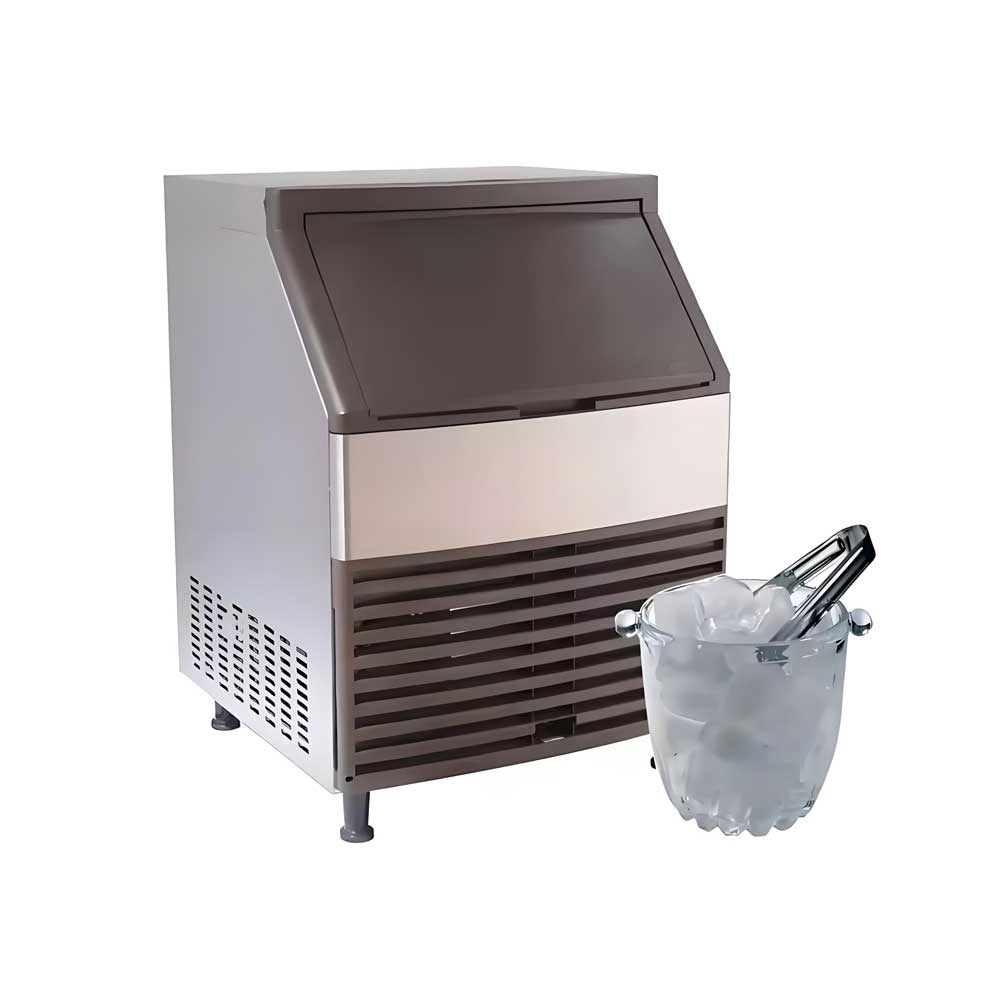
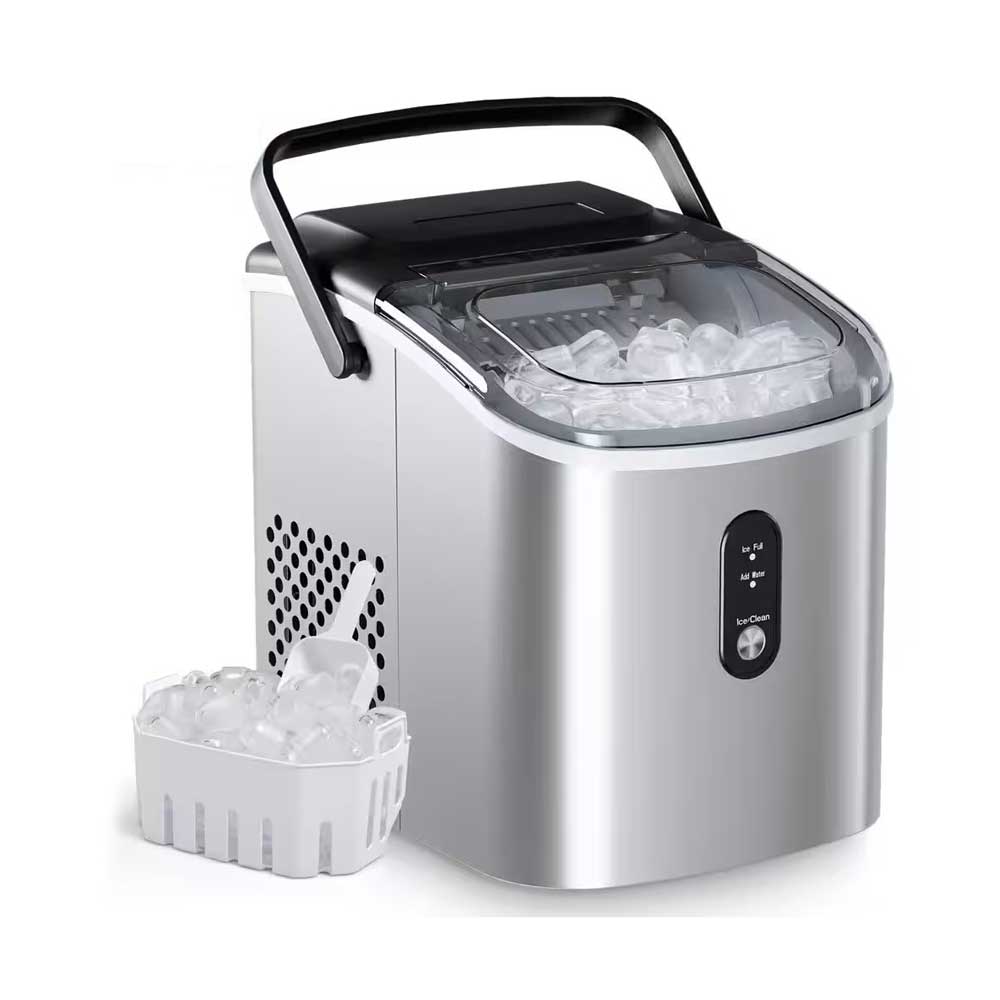 Portable Flake Ice Machine
Portable Flake Ice Machine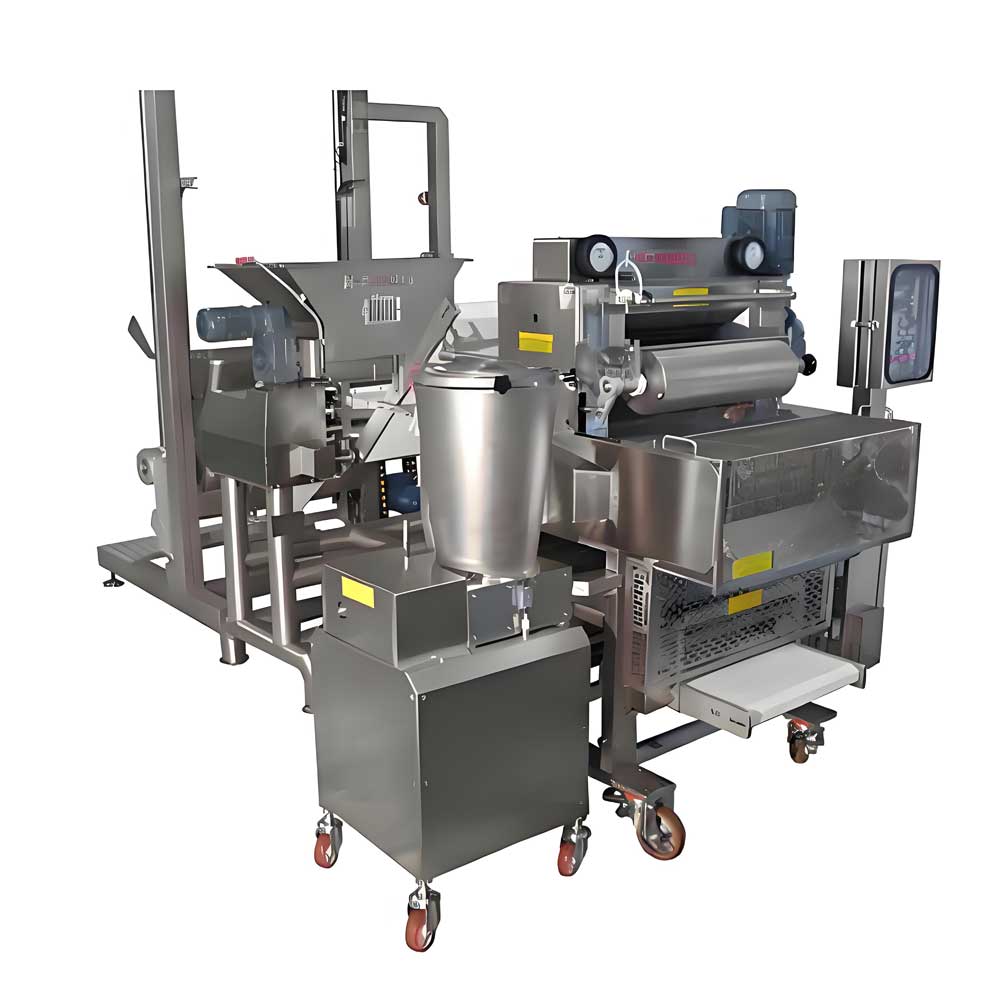 Pelmeni Making Machine
Pelmeni Making Machine
Ready to Get Started?